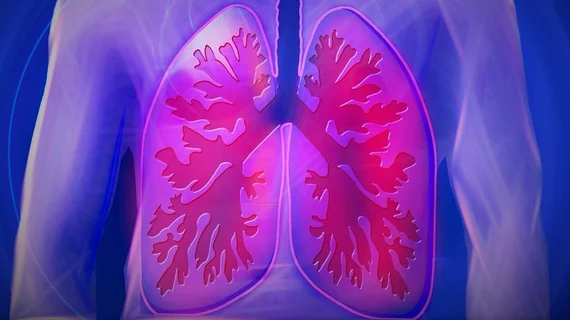Do robotic endoscopic systems provide value?
Robot-assisted bronchoscopies (RABs) are “safe and feasible,” according to new findings published in BMC Pulmonary Medicine. Will this breakthrough lead to improvements in patient care?
In 2018, the FDA approved a commercial robotic endoscopic system for sampling lung lesions. The study’s authors aimed to explore the merit of such a system, retrospectively reviewing data from 165 patients who received treatment at one of four facilities. The average patient age at the tie of the procedure was 66.5 years old, and 77% of patients were smokers.
Navigation was a success for 88.6% of the studies lesions, and tissue samples were obtained 97.6% of the time. Also, the robotic endoscopic system achieved a diagnostic yield from 69.1 to 77%, and that number “was not affected by lesion size, density, lobar location or centrality.” One RAB had to be stopped suddenly due to a software failure; another three resulted in an unsuccessful navigation.
“Despite our results not demonstrating superior diagnostic yield compared to some other recent electromagnetic navigation-guided bronchoscopy studies, we believe that in the future, robotic bronchoscopy platforms may eventually enable operators to more precisely navigate to the periphery of the lung and potentially allow for bronchoscopic therapeutic ablation of malignant lesions,” wrote Udit Chaddha, MD, Icahn School of Medicine at Mount Sinai in New York City.
The team also wrote about the limitations to their study, including their short average follow-up period (six months) and the fact that certain details—room set up, for example—were not “prospectively recorded in all cases.” Chaddha et al. also noted that more research is needed, especially when it comes to studying if RABs make financial sense for patients or providers.
“Long-term follow-up is required to better establish the true diagnostic yield and delineate the factors affecting it,” the authors wrote. “Comparative trials with existing guided bronchoscopy platforms are warranted for determining cost-effectiveness of this technology in diagnosing lung nodules.”

